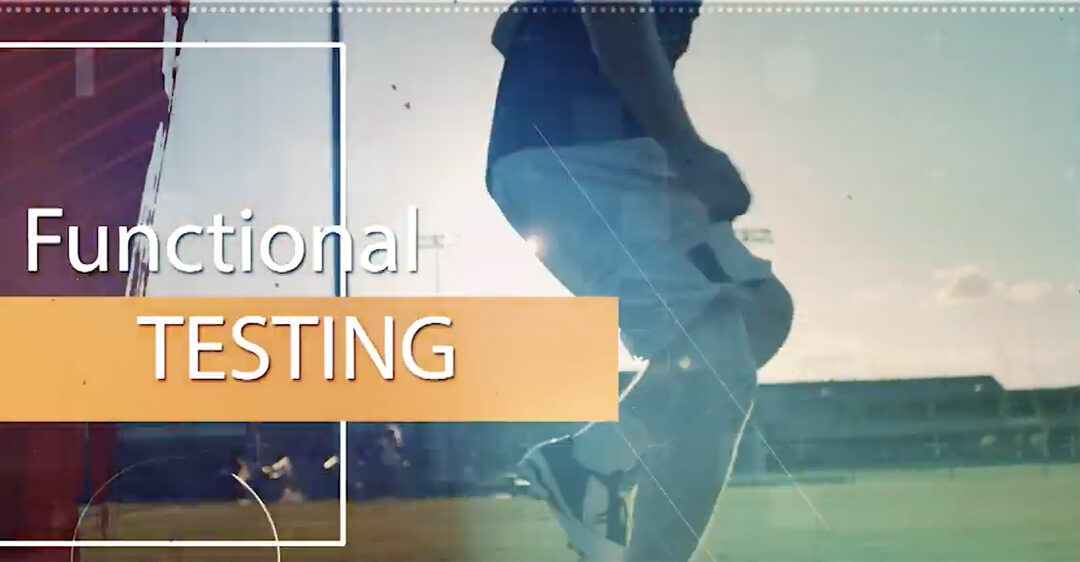
Functional Testing: Why is it Important for Athletes Returning to Sports?
There are many factors to consider before releasing a young athlete back to sports after an injury. Our sports physical therapists and sports medicine physicians continually review and discuss the latest evidence on risk factors for injuries in young and growing athletes. Most of these studies evaluate the risk of injury after an anterior cruciate ligament (ACL) reconstruction and consistently state that as many as 1 in 4 will re-tear the same or have a new injury to the opposite ACL when returning to sports.
Our pediatric sports medicine clinical and research staff often discuss how we know when it is safe to allow an athlete to go back to sports. Here are a few examples of the questions that come up in these conversations:
- How old is the patient?
- Has the actual tissue had time to heal since the procedure?
- Does the athlete plan to play a sport or position that puts them at greater risk?
- Is the athlete mentally ready and confident to get back in the game?
- Is it the beginning of the season or does the athlete have several months before competition season?
- Has the athlete regained full strength and mobility since the injury?
- Has the rest from the recovery caused the non-injured leg to become weak?
- Can the athlete safely perform the necessary movements required in the sport(s)?
We continue to study these questions, and many others, to help us make the best decisions for our athletes. Since many of these questions are based on an athlete’s physical strength and ability to move, movement analysis is a critical component of this process. Our movement analysis testing, also known as the functional testing protocol, takes into consideration many aspects of movement to identify who is most at risk of being injured again. The results can be simplified into pass or fail. However, the tests identify specific areas for the athlete to improve before retesting.
Our goals are to get athletes back to sports, keep them in sports and prevent injuries in the future. With tools like these, we can make recommendations based on objective findings. We can also demonstrate to athletes and families, who may be at risk for re-injury, exercises to strengthen areas of weakness.
Learn more about our research in pediatric sports medicine.
Meet the team and check out the state-of-the-art sports therapy gym in Frisco.
